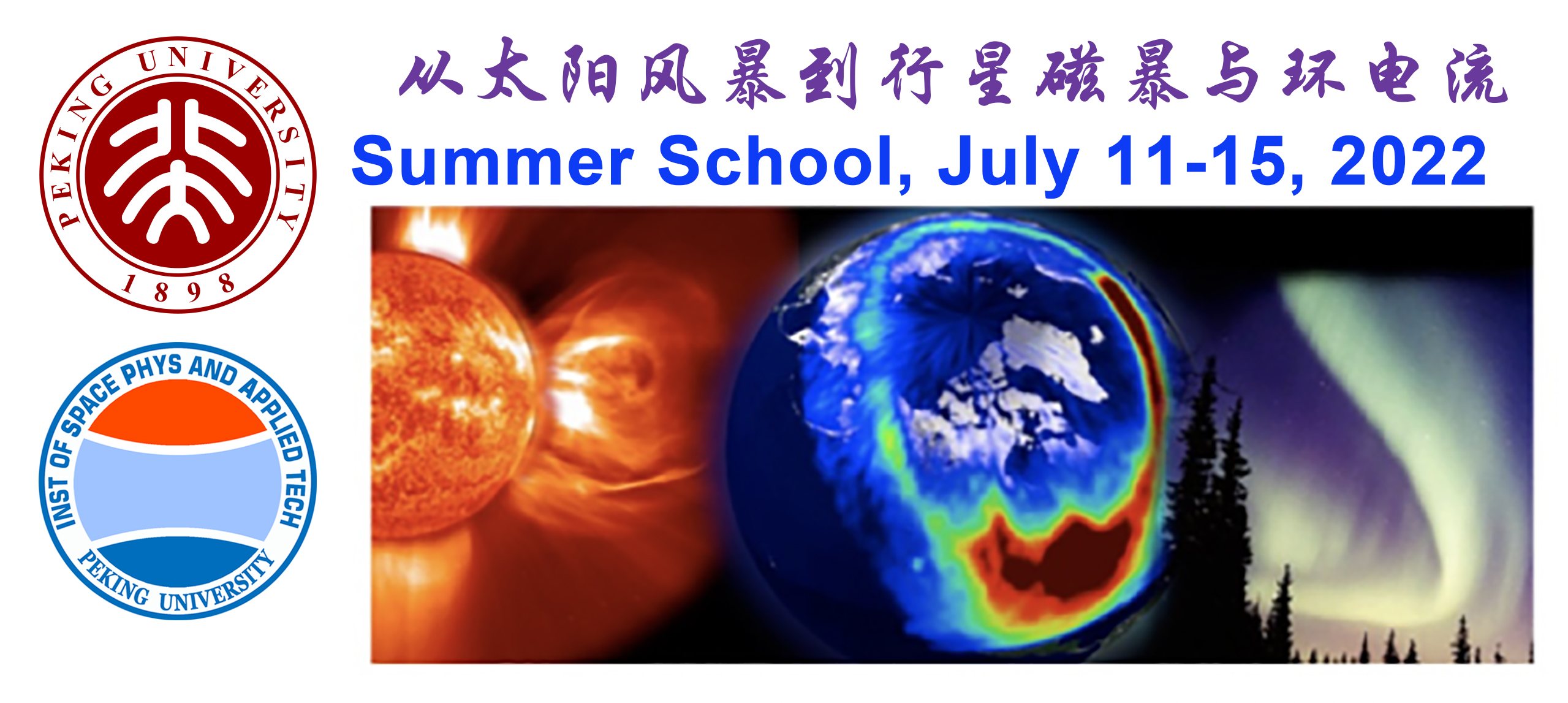Time……….Friday, Sep 23th 2016, 3:00 pm Where……. Room 415, North Physics Building Speaker….. Jann-Yenq Liu, Professor of National Central University Title……….. The Earth’s ionosphere probed by GNSS soundings (利用全球导航卫星系统探测电离层)
刘正彦博士是台湾中央大学教授,是国际著名电离层物理学家,长期从事电离层物理方面的研究,在基于GNSS观测电离层形态与扰动研究、地震电离层前兆、岩石圈-大气圈-电离层耦合等领域开展了大量研究工作,取得了丰富的研究成果。GNSS是当今电离层地基常规观测手段,刘正彦教授讲介绍GNSS数据的分析处理以及其团队基于GNSS数据开展的研究工作。
The Earth’s Ionosphere Probed by GNSS Sounding 利用全球導航衛星系統探測電離層 Tiger JY Liu (劉正彥)1,2
1Institute of Space Science, National Central University, Taiwan 2Center for Space and Remote Sensing Research, National Central University, Taiwan
The FORMOSAT-3 Project is also named Constellation Observing System for Meteorology, Ionosphere and Climate, or FORMOSAT-3/COSMIC (F3/C) for short. The project is targeted to place six micro-satellites into six different orbits with 72-deg inclination at 700~800 kilometer above the earth ground. These satellites orbit around the earth to form a low-earth-orbit constellation that conduct radio occultation (RO) by receiving signals transmitted by the 24 US GPS satellites. The satellite observation covers the entire global atmosphere and ionosphere, providing over 2,500 global RO sounding data (electron density and S4 scintillation profiles) per day since 15 April 2006. This for the first time allows scientists observing the 3D ionospheric electron density structure and dynamics. Ionospheric weathers response to solar wind, solar eclipse, magnetic storm, earthquake/tsunami, etc. are presented. Following the F3/C, FORMOSAT-7/COSMIC (F7/C2) consists of six small-satellites with 24-deg inclination and about 500 km altitude and six small-satellites with 72-deg inclination and about 800 km altitude will be launched in 2016 and 2018, respectively. Currently, NCU (National Central University) has been collaborating with NCAR (National Center for Atmospheric Research) and NOAA to develop ionospheric weather models by assimilating F3/C data into existing ionospheric models. The developed models with F3/C and F7/C2 data shall be open to the space weather and its related communities in the near future.

